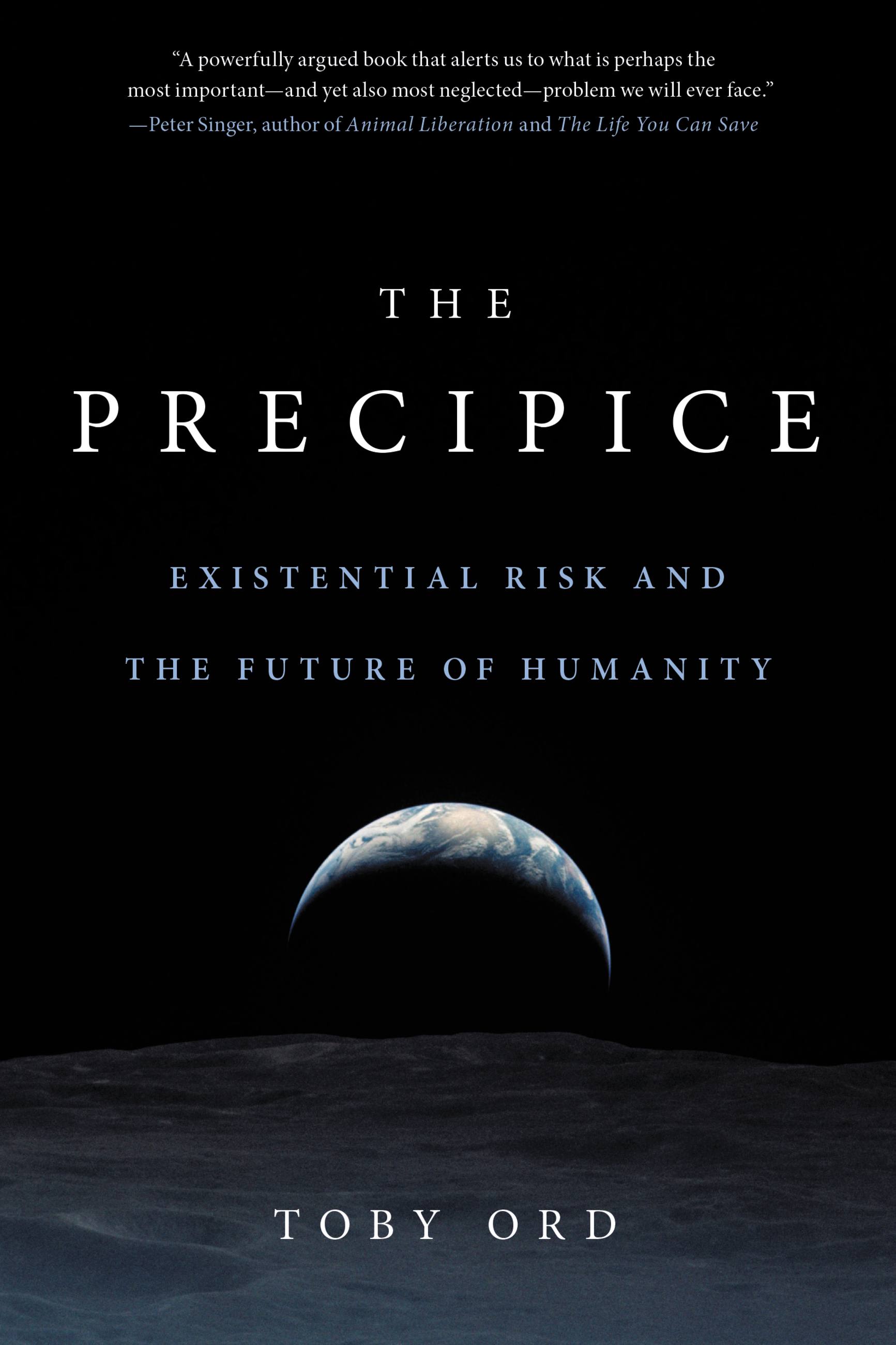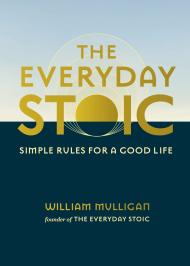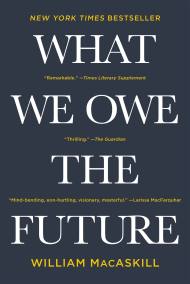Promotion
Use code BEST25 for 25% off storewide. Make sure to order by 11:59am, 12/12 for holiday delivery!
By clicking “Accept,” you agree to the use of cookies and similar technologies on your device as set forth in our Cookie Policy and our Privacy Policy. Please note that certain cookies are essential for this website to function properly and do not require user consent to be deployed.
The Precipice
Existential Risk and the Future of Humanity
Contributors
By Toby Ord
Formats and Prices
- On Sale
- Mar 24, 2020
- Page Count
- 480 pages
- Publisher
- Grand Central Publishing
- ISBN-13
- 9780316484893
Price
$14.99Price
$19.99 CADFormat
Format:
- ebook $14.99 $19.99 CAD
- Trade Paperback $21.99 $28.99 CAD
This item is a preorder. Your payment method will be charged immediately, and the product is expected to ship on or around March 24, 2020. This date is subject to change due to shipping delays beyond our control.
Buy from Other Retailers:
Humanity’s future is at risk. We face existential catastrophes, climate change, nuclear war, and more. If we do not act fast to reach a place of safety, it will soon be too late.
Drawing on over a decade of research, The Precipice explores the cutting-edge science behind the risks we face. And it points the way forward, to the actions and strategies that can safeguard humanity.
An Oxford philosopher, Toby Ord has advised the US National Intelligence Council, the UK Prime Minister's Office, and the World Bank on the biggest questions facing humanity. In The Precipice, he offers a startling reassessment of human history, the future we are failing to protect, and the steps we must take to ensure that our generation is not the last.
"A book that seems made for the present moment." —New Yorker
-
"A book that seems made for the present moment."New Yorker
-
"A powerfully-argued book that alerts us to what is perhaps the most important-and yet also most neglected-problem we will ever face."Peter Singer, author of Animal Liberation and The Life You Can Save
-
"The Precipice may be the Silent Spring that the futurists have been waiting for."Los Angeles Review of Books
-
"The Precipice separates science from hype and will remain the definitive work on existential risk for a long time to come."Max Tegmark, author of Life 3.0 and Our Mathematical Universe
-
"The Precipice is a fascinating book, one that showcases both the knowledge of its author and his humanity."Bryan Walsh, Axios
-
"This book is a wake-up call to the existential threats of nuclear and biological weapons and the urgent need for action. A must-read that galvanizes us to play a role in addressing these risks."Angela Kane, former UN High Representative for Disarmament Affairs
-
"A fascinating and persuasive guide to the most important topic of all: how our species will survive the risks we pose to our continued existence."Stuart Russell, author of Human Compatible and Artificial Intelligence: A Modern Approach
-
"Toby Ord is today's Carl Sagan. Clear and inspiring, this book leaves us hopeful for a flourishing human future."Christine Peterson, co-founder of the Foresight Institute
-
"Splendid....The Precipice is a powerful book, written with a philosopher's eye for counterarguments so that he can meet them in advance. And Ord's love for humanity and hope for its future is infectious, as is his horrified wonder at how close we have come to destroying it."The Spectator
-
"Many people have recently found that they want to read books offering the grandest perspectives possible on human existence, such as Sapiens . . . Toby Ord's new book is a startling and rigorous contribution to this genre that deserves to be just as widely read."Evening Standard
-
"Ord's map of the existential risk landscape is an engaging read for anyone who wants to learn more about this important and interdisciplinary research."Science
-
"Ord's analysis of the science is exemplary . . . Thrillingly written"Sunday Times
Newsletter Signup
By clicking ‘Sign Up,’ I acknowledge that I have read and agree to Hachette Book Group’s Privacy Policy and Terms of Use






